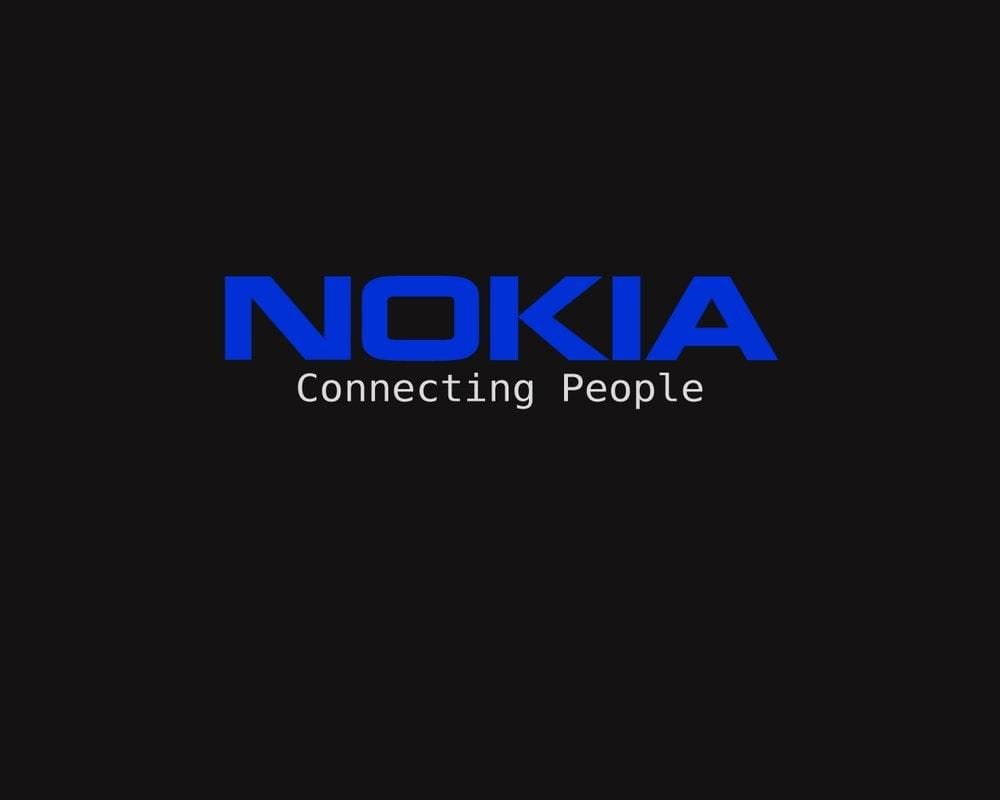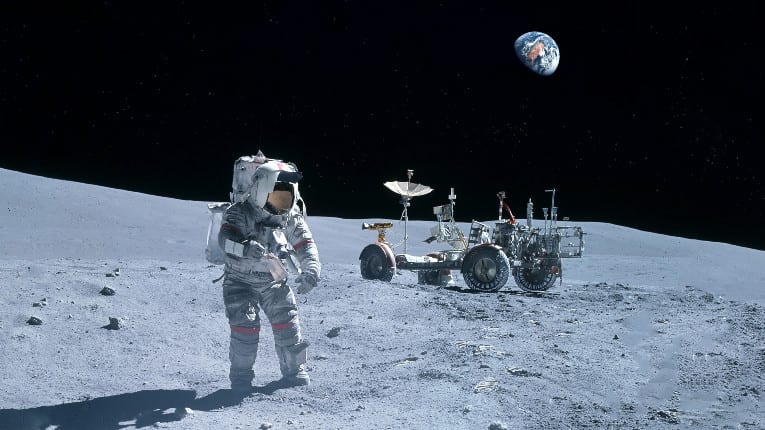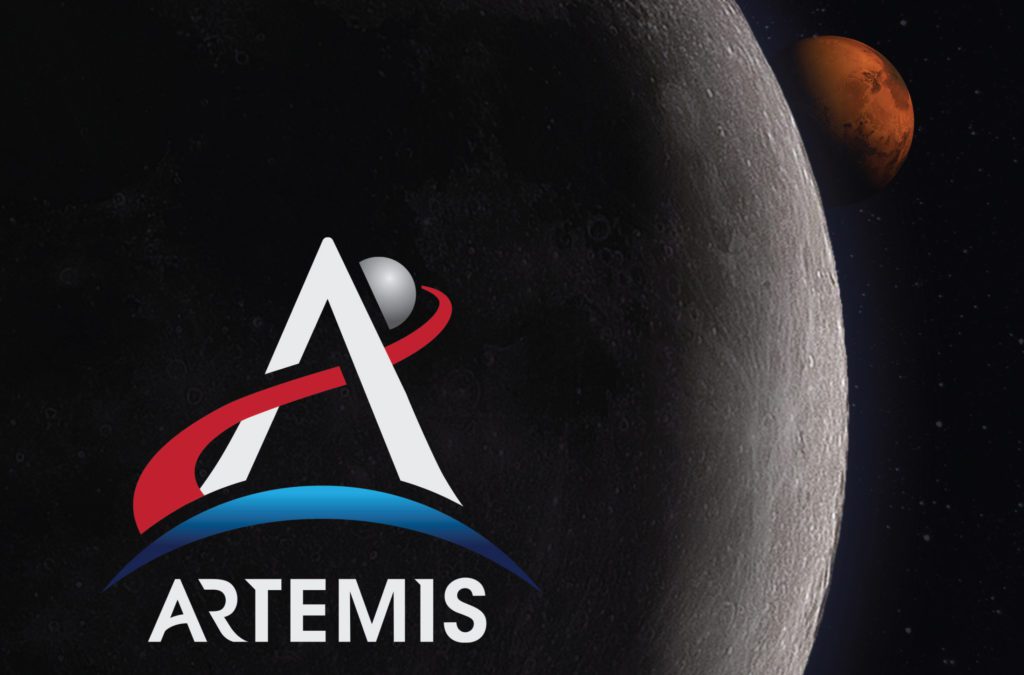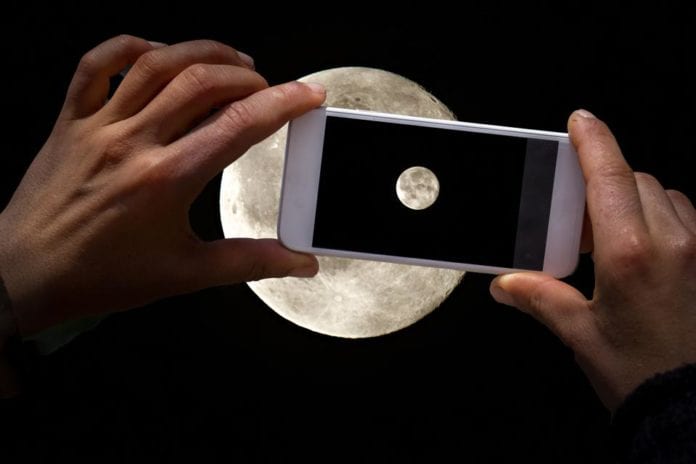Aren’t we all getting tired of saying ‘network issues’ to get out of meetings and classes? Well, soon you will be able to get network on the Moon as well. Nokia has been selected by NASA to build the first cellular network on the moon. 4G LTE technology will revolutionize the lunar surface communications through reliable, high data rates while minimizing cost, power, and size.
Communications will play a crucial role in NASA’s Artemis program, which aims to establish a sustainable presence on the moon by the end of this decade.

Nokia’s plan to develop 4G on the Moon
The first ultra-compact, low-power, space-hardened, end-to-end LTE solution will be built and deployed on the lunar surface by the end of 2022, using Nokia Bell Labs’ pioneering innovations. Nokia will partner with Intuitive Machines for this operation to integrate this groundbreaking network into their lunar lander and then deliver it to the moon. The network, upon reaching the moon will self-configure and establish the first LTE communication system on the lunar surface.
The network will give critical communication capabilities for several data transmission applications, including important command and control functions, remote control of lunar rovers, real-time navigation, and streaming of HD video. All these communication applications are important for a long term presence on the moon.

Nokia’s LTE network has been considered suitable for providing wireless connectivity for activities that astronauts may have to carry out, enabling voice and video communication capabilities, telemetry and biometric data exchange, and deployment and control of robotic and sensor payloads.
Marcus Weldon is the Chief Technology Officer at Nokia and Nokia Bell Labs’ President. He said, “Leveraging our rich and successful history in space technologies, from pioneering satellite communication to discovering the cosmic microwave background radiation produced by the Big Bang, we are now building the first-ever cellular communications network on the Moon. Reliable, resilient and high-capacity communications networks will be key to supporting sustainable human presence on the lunar surface. By building the first high-performance wireless network solution on the Moon, Nokia Bell Labs is once again planting the flag for pioneering innovation beyond the conventional limits.”
Nokia’s lunar network comprises of an LTE Base Station with integrated Evolved Packet Core (EPC) functionalities, LTE User Equipment, RF antennas and high-reliability operations and maintenance (O&M) control software. The solution has been specifically designed to hold out against the harsh conditions of the moon and function in the extreme conditions of space. This fully integrated cellular network is made following a very stringent size, weight and power constraints of space payloads in an extremely compact form factor.

The LTE technology is considered well suited to give mission-critical and state-of-the-art connectivity and communications capabilities for future space missions. LTE is a proven commercial technology and it has a large ecosystem of technology and component suppliers. 4G LTE cellular technology is proven most reliable and robust, easily deployable, and scalable. Nokia is planning to expand the commercialization of LTE and pursue space applications of 5G – LTE’s successor.
Through the Tipping Point solicitation, NASA’s Space Technology Mission Directorate is seeking industry-developed space technologies that can contribute to the development of commercial space capabilities and benefit future NASA missions. The public-private partnerships established through Tipping Point selections will combine the resources of NASA with industry contributions and develop vital space technologies.
NASA will use these technological developments in it’s Artemis Program, which aims to establish sustainable operations on the moon by the end of this decade in preparation for a mission to Mars.

“With the Artemis program, NASA will land the first woman and next man on the Moon by 2024, using innovative technologies to explore more of the lunar surface than ever before. We will collaborate with our commercial and international partners and establish sustainable exploration by the end of the decade. Then, we will use what we learn on and around the Moon to take the next giant leap – sending astronauts to Mars,” says NASA.
Further Reading:


